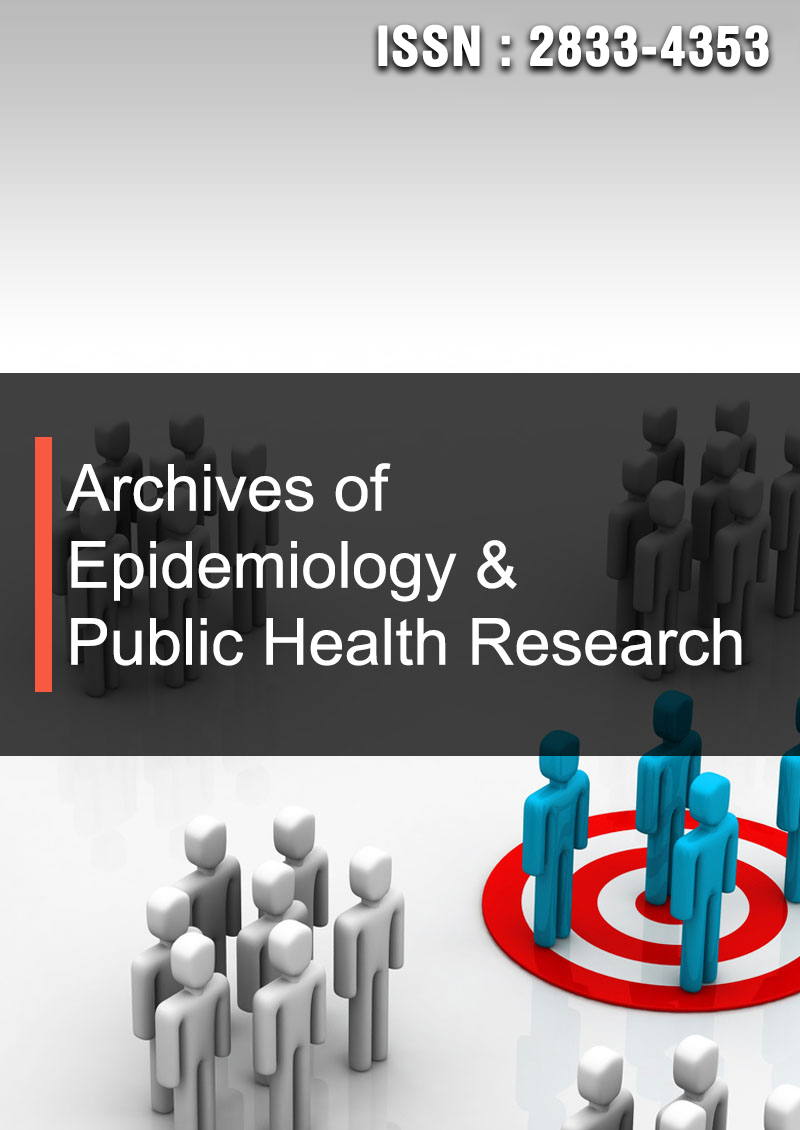Environmental Risk Factors Contributing to the Transmission of COVID-19 in Zambia: A Cross-Sectional Study in Lusaka District
Abstract
Kennedy Chishimba, Liyali Libonda, Rachel Milomba Velu, Harvey Kakoma Kamboyi, Titus Haakonde and Fla-vien Nsoni Bumbangi
Background: A propagative increase in SARS-CoV-2 transmission has been witnessed in Zambia since the index case was reported in March 2020. Although sociocultural factors including movement patterns, people’s livelihood, and way of life have been demonstrated to influence SARS-CoV-2 transmission dynamics, the role of environmental risk factors has not been adequately documented. The aim of the study was to investigate environmental risk factors contributing to the transmission dynamics of SARS-CoV-2 in Zambia using a cross-sectional study
Results: The positivity rates were 10.5 % cell phones, 5.3% door knobs, 2.7% remote controls and 2.6% beddings. All the other surfaces came out negative. The sex proportion of the respondents was 55% and 45% males and females respectively. Regarding occupancy density, 37.5% (15/40) resided in a 2 to 3-roomed house, 32.5% (13/40) resided in a 4 to 7 roomed house and 30% (12/40) resided in > 7-roomed house. Of the 40 respondents, 75% (30/40) used recyclable face masks while 25% (10/40) used non-recyclable face masks. For the non-recyclable face masks, 30% of the respondents indicated incineration as a disposal method. A correlation coefficient of 0.25 was documented for the association between occupancy density and surface contamination.
Conclusions: The study revealed that most environmental surfaces particularly mobile phones were rarely disinfect- ed and were most likely to contribute to the transmission of SARS-CoV-2 in the community. Furthermore, the majority of the respondents used recyclable face masks which are easily washable. However, those who used non-recyclable face masks disposed of them indiscriminately which has the potential of contaminating the environment and further lead to the transmission of SARS-CoV-2.



